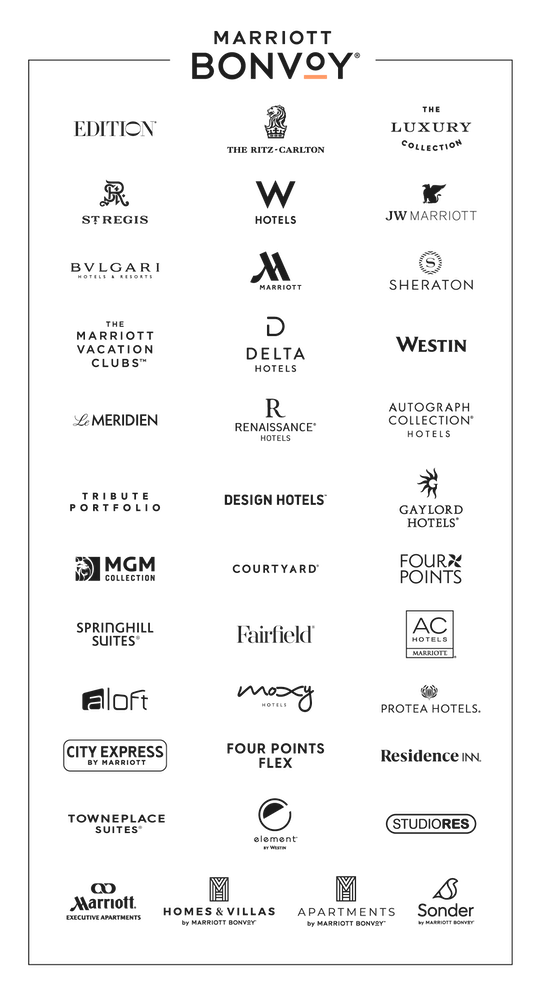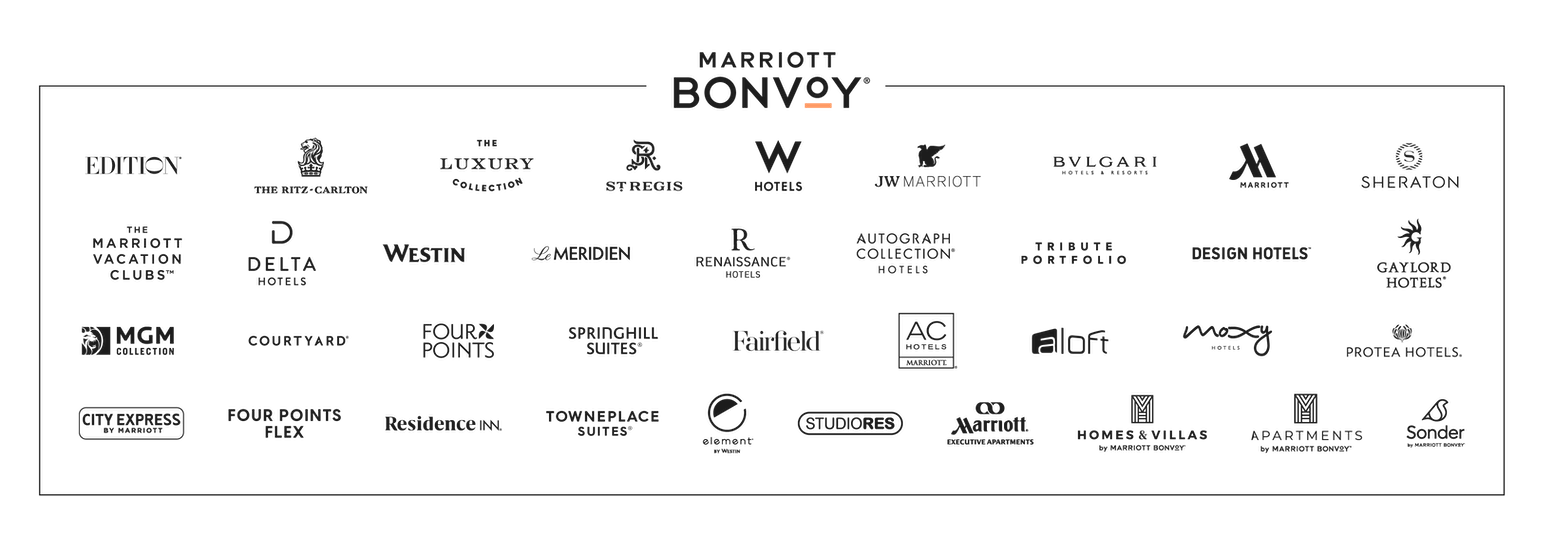Three Ways for Beginners to Try Out AI
According to research from Ovation Global DMC, chances are you haven’t jumped into artificial intelligence headfirst—yet. Curious about AI’s potential for creating better events, meeting planners are taking tentative steps into AI: 21% say they’ve tried a few tools, and 36% say they’re considering doing so.
Planners report that a lack of understanding and fear of losing the human touch are stopping them from embracing AI. But the heart of the meetings and hospitality industry is built upon that human touch, indicating that AI’s place will be to supplement, not replace, human talent.
“We are in the hospitality industry,” Anthony Capuano, president and CEO of Marriott International, said in an interview with CNBC-TV18. “Of course technology will continue to drive efficiency in the operation of our hotels, but my hope and my expectation is that what technology will also do is create capacity for our associates so that they have more capacity to really engage in a personal way with our guests.”
For proof, look at a recent AI-versus-human competition, which showed that human meeting planners retain a strong edge against the machine. As event-specific AI platforms such as Spark continue to make headway in the industry, human event planners may find that AI cooperation, not competition, will give the best results.
To start bolstering your #teamhuman capabilities with AI, here are three simple ways to deploy this technology.


Before the Meeting: Marketing
Creating personas for attendees can drive registrations. It can also be difficult to get it right: Your own preconceived notions about the attendee group may steer you toward or away from certain personas, and even the most savvy marketer might struggle with nailing the right voice to speak to each type of attendee.
When Margaret Launzel-Pennes was developing personas for an event, she used job descriptions as inputs for ChatGPT, she told MeetingsNet. From there, the tool came up with four personas that Launzel-Pennes used to create appropriate marketing content through email and social campaigns—again, with the help of ChatGPT. She then worked with an AI video creation platform to make videos that highlighted aspects of the event that would speak to each persona.
Using AI to augment your approach to understanding your attendees can save you labor. PCMA’s Event Leadership Institute offers a course on using AI to go further with social listening, for example—something you’re probably already doing, but that takes considerable time to do as thoroughly as AI can do in a snap.
During the Meeting: Live Summarization
You may already be familiar with live captioning and auto-transcription, which aren’t yet as accurate as human transcription services but are useful for instant transcription. Live summarization takes it a step further on the intelligence front by using what has been transcribed to craft a meeting narrative, much as a professional note-taker would.
Providing delegates with summarizations for all sessions can help them catch up on content they had to miss in order to attend higher-priority sessions. It can also give them a preview of what to expect before they decide to devote time to watching a recording of the full session, if you’ve made one available.
You can benefit too: If you host summarizations on the event website, you can track which summarizations are most frequently visited. This can give you insight into future planning, illuminating which sessions were popular after the fact versus which sessions were most highly attended in person. (If that sounds daunting, remember that you can lean on ChatGPT to help you out here.)

After the Meeting: Data Analytics
Data can reveal undercurrents of your event that aren’t visible just by looking at attendance numbers. But sorting through that data can be time-consuming—except for the robots.
That’s what Heather Munnell found when she shared Excel files and event-app data with ChatGPT. According to MeetingsNet, the platform helped her spot unexpected trends, such as a high number of people in sales positions attending technology sessions.
Once AI has helped you see things about your event data that you hadn’t seen before, you can further refine participant personas for your next event and shape your agenda accordingly to avoid competing sessions.
Proceed With Zest—and Vigilance
The more you experiment with AI, the more you’ll come to realize its promise. But in doing so, take care to avoid two common pitfalls:
● Use smart inputs. You might have heard the saying “garbage in, garbage out.” Generative AI isn’t actually intelligent—it draws from a vast repository of information, but it needs concise yet thorough direction in order to be helpful. If your initial prompt doesn’t give you what you need, continue to refine your inputs. Spending time on developing the right prompts will still save you time in the long run.
● Always verify. AI can’t distinguish between what’s true and untrue. And in generating output, it might even make up facts or words. Remember that AI is a starting point, not the endpoint. Your events probably aren’t technically subject to President Biden’s executive order on ethical AI, but it’s a useful standard-bearer to guide your events.
If you’re interested in learning more as you start experimenting, check out the Event Leadership Institute’s webinar on AI in the events industry. Spoiler alert: It’s led by humans.

